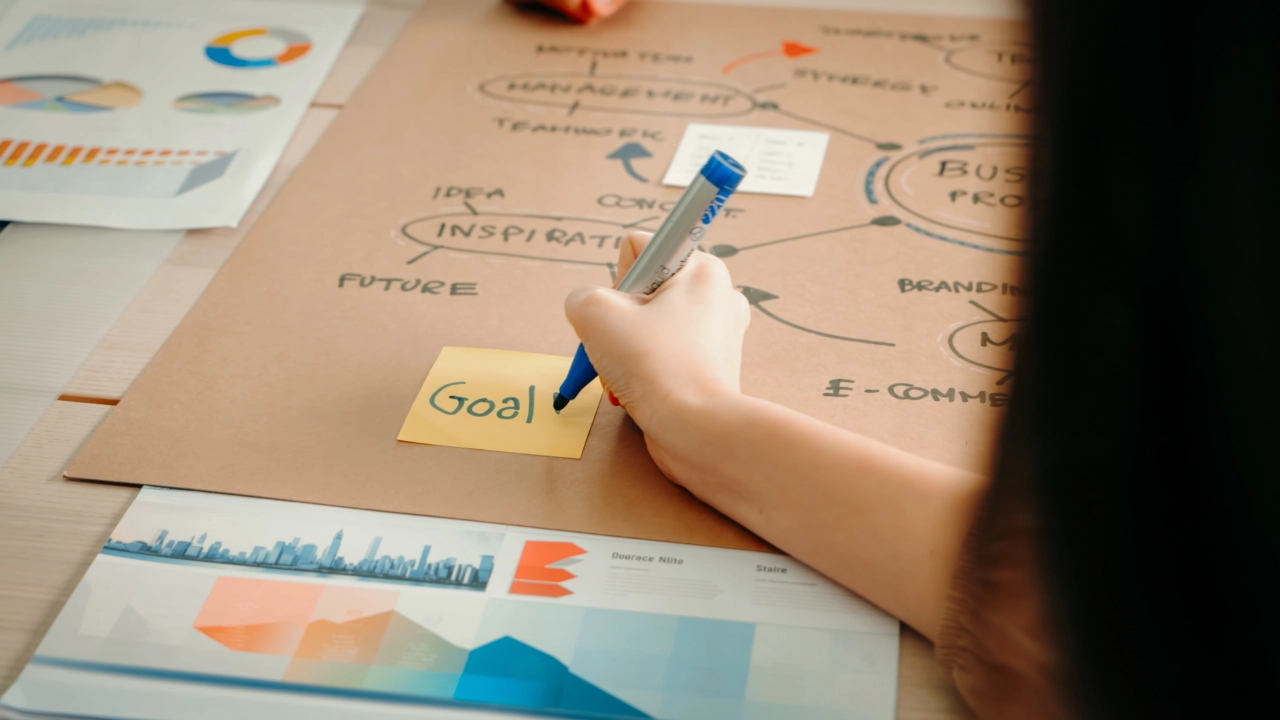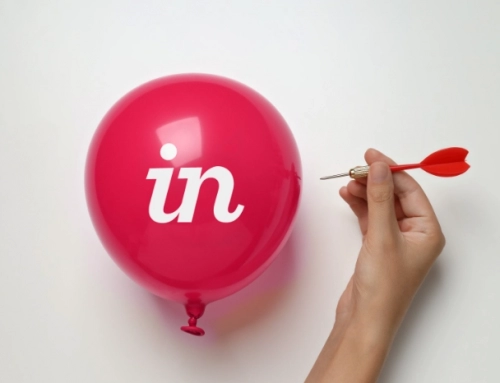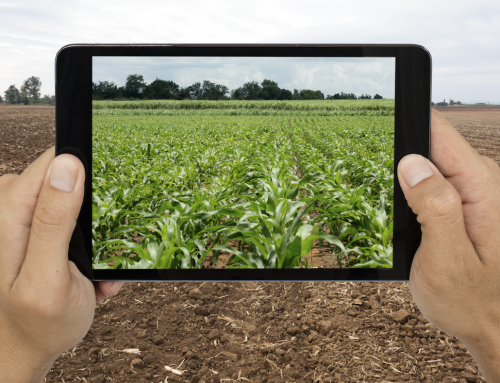AI Tools Are Reshaping Product Design
Written by Chris Ramos
March 4, 2025
When I first started building digital products back in 2005, it meant wrestling with HTML, CSS, and just enough JavaScript to make things click. Fast-forward to today, and I’m amazed at how a range of AI-powered platforms are transforming product design and development. As someone who’s transitioned from multimedia design to web development to product design over the years, I’ve witnessed this shift firsthand, and the implications for our field are profound.
The No-Code and AI Revolution in Product Design
Tools like Bubble.io, Replit, Canva’s AI Design Assistant, and Adobe’s Firefly are leading a revolution in the no-code and AI space, allowing designers to create web applications and digital products without writing traditional code. What’s exciting now is how these platforms integrate AI to interpret natural language prompts and generate functional components or designs. For example, I recently used a tool like Figma’s AI features to prototype an onboarding flow in hours instead of days, and the client couldn’t distinguish it from a traditionally coded solution. This capability isn’t unique to one tool—it’s becoming a standard across platforms like Notion AI, Microsoft Designer, and ChatGPT, all of which are enhancing product design workflows.
Collaborative AI Across the Board
Beyond no-code, tools like Replit’s GhostWriter, alongside ChatGPT’s coding assistance and Notion AI’s workflow automation, are making coding more accessible through AI pair programming. These tools feel less like standalone solutions and more like collaborators that understand intent and best practices.
What’s striking is how they don’t just generate code or designs—they explain decisions, suggest improvements, and adapt to your style over time. This creates a powerful learning loop where designers with coding or design knowledge can rapidly improve while building. Whether it’s Replit, Adobe Firefly, or Microsoft Designer, these AI features are democratizing product creation across the board.
The Blurring Line Between Designer and Developer
AI tools across the spectrum—Bubble.io, Canva, Figma, Replit, and more—are erasing the traditional boundaries between design and development roles. As a product designer today, I can:
-
Create functional prototypes that are essentially production-ready using tools like Adobe Firefly or Figma’s AI
-
Test real user flows with actual data processing, thanks to Notion AI or ChatGPT integrations
-
Iterate based on analytics and user feedback within environments like Microsoft Designer or Bubble.io
-
Deploy working products without developer handoff, leveraging tools like Canva’s AI Design Assistant
This represents a significant power shift. Design decisions can now extend deeper into a product’s functionality, not just its appearance and surface-level interactions, thanks to the collective impact of these AI tools.

AI boosts product design efficiency, but human creativity drives impactful experiences.
New Design Workflows Are Emerging
The most interesting development I’m seeing is how these AI tools are reshaping design processes:
-
Prototype-as-Product: The line between prototype and product is disappearing. What starts as a quick mockup in Figma or Canva can evolve directly into the shipped product with AI assistance.
-
Parallel Exploration: Designers can explore multiple functional directions simultaneously using tools like Notion AI or Adobe Firefly, something that was prohibitively expensive before.
-
Continuous User Testing: With functional prototypes being so quick to produce across platforms like Bubble.io or Microsoft Designer, user testing can happen earlier and more frequently.
These changes aren’t driven by any single tool but by the broader adoption of AI across tools like Replit, ChatGPT, and more.
The Skills Gap Is Widening
There’s a growing divide between designers who embrace these AI tools and those who don’t. I’ve noticed agencies and teams using platforms like Bubble.io, Replit, Figma, and Canva delivering in weeks what others schedule months for. They’re pricing differently, promising faster timelines, and changing client expectations. This isn’t just about efficiency—it’s creating new categories of designers:
-
AI-Enhanced Generalists: Designers leveraging tools like Adobe Firefly and Notion AI to handle the entire product lifecycle
-
AI Prompt Engineers: Specialists mastering prompts across ChatGPT, Microsoft Designer, and Figma to drive specific outcomes
-
AI-Human Systems Designers: Orchestrating workflows combining tools like Canva, Replit, and Bubble.io with human specialists
The advantage lies in the collective power of these tools, not any single one.
The Experience Design Challenge
With AI tools handling more technical heavy lifting, the competitive advantage shifts to areas AI can’t easily replicate: deep user empathy, novel interaction patterns, and brand-aligned experiences that resonate emotionally. I’ve found myself spending less time on implementation details and more on understanding subtle user needs, crafting distinctive moments within products using insights from tools like ChatGPT and Notion AI.
Looking Forward: Adaptive Interfaces
Perhaps the most provocative possibility is how these tools might enable truly adaptive interfaces—products that reshape themselves based on individual user behavior and needs. When designers can rapidly implement complex logic through simple prompts in tools like Figma, Microsoft Designer, or Bubble.io, we can create experiences that feel personally crafted for each user. This wasn’t feasible when each adaptation required development sprints, but AI across these platforms is making it possible.
Finding Your Place in This New Landscape
For multimedia and web designers transitioning to product design (like I did since 2005), these AI tools offer an accelerated path. They let you apply your visual and interaction design skills to functional products without first mastering software engineering, whether you’re using Canva, Adobe Firefly, Replit, or Figma. The key is approaching these tools as amplifiers of your creativity rather than replacements for your skills. Designers thriving in this space bring strong fundamentals in user experience, visual communication, and product thinking, leveraging tools like Notion AI, ChatGPT, and Microsoft Designer effectively.
The Work That Remains Human
Despite these advances, I’m convinced the core of product design remains deeply human. AI tools like Bubble.io, Replit, Canva, and Figma can generate interfaces and code, but they can’t identify which problems are worth solving or create experiences that forge emotional connections with users. As these tools handle more technical aspects of product creation, our value as designers increasingly comes from our unique human perspective—our ability to understand unstated needs, empathize with frustrations, and craft moments of delight that resonate on a personal level.
The revolution isn’t about AI replacing designers; it’s about redefining what we can create, how quickly we can iterate, and how deeply we can affect the products we build, thanks to the collective power of tools like Adobe Firefly, Notion AI, ChatGPT, Microsoft Designer, Figma, Canva, Bubble.io, and Replit.




